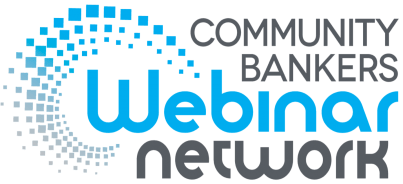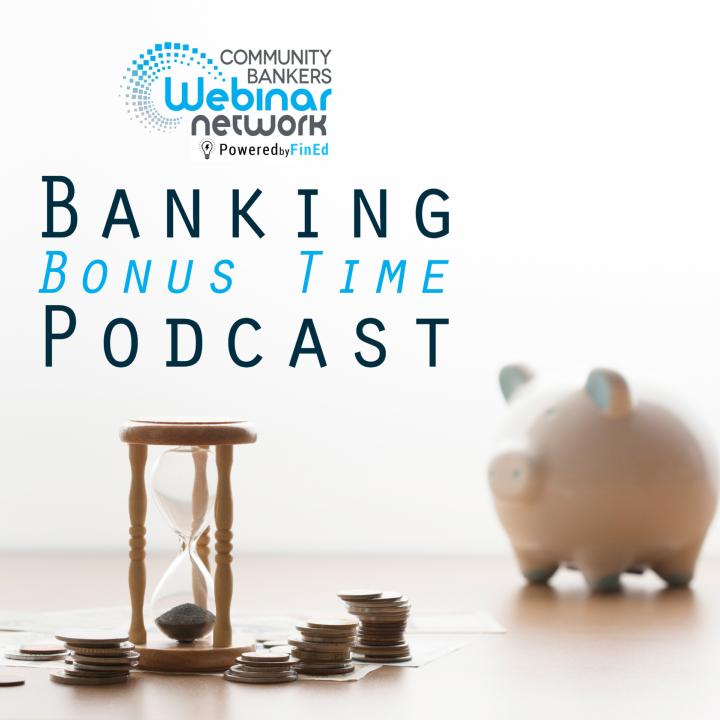
Credit Memos: Is Your Bank Utilizing Them to Their Full Potential?
Credit Memos: Is Your Bank Utilizing Them to Their Full Potential?
Credit narratives have more than one function in the lending arena.
- They serve as the basis for making credit approval and renewal decisions.
- They are used for detailing ongoing account management for commercial loan relationships and maintaining pertinent file information as to material developments or changes in the quality or nature of the credit or borrower over the life of the loan.
- They are also critical to documenting workout strategies for problem credits, detailing key aspects of collectability, and collateral administration.
A well-written credit memo assists:
- Loan officers and underwriters in making a strong credit decision (now and in the future for possible renewals).
- Directors on the loan committee to make a strong credit decision.
- Loan Review Officers in understanding a credit being reviewed.
- In documenting workout strategies for problem credits.
- Examiners when reviewing your file.
One size does not fit all! There will be varying degrees of detail based on the complexity and risk involved. Certain aspects of the write-up will be consistent and generally contain the same basic information. However, the depth of analysis for the purchase of a piece of used logging equipment would be very different from that needed for financing a large land development project.
Write-ups will also be more robust for new borrowers unknown to the lender than they would for borrowers that are well known with established borrowing relationships with your bank.
The CAM is
designed to document the financial institution’s assessment of credit risk
surrounding the loan request or renewal under consideration and support the
ultimate credit decision. Every CAM
should have four basic components:
- Term Sheet
- Exposure Summary
- Narrative Analysis
- Financial Spreads and other Supporting Schedules
As a credit analyst or lender, it’s up to
you to tell the borrower’s story. Decision-makers need to know what they don’t
know. In other words, develop the backstory and get behind the numbers. Ask
questions… and then ask follow-up questions. How? Why? When? What if?
Gain more insights from Molly by visiting her page to access
upcoming and on-demand webinars.
Learn More
Read These Articles Next
April 11, 2022
Tess Bower
June 21, 2021
May 4, 2022
© 2026 FINANCIAL EDUCATION & DEVELOPMENT, INC




